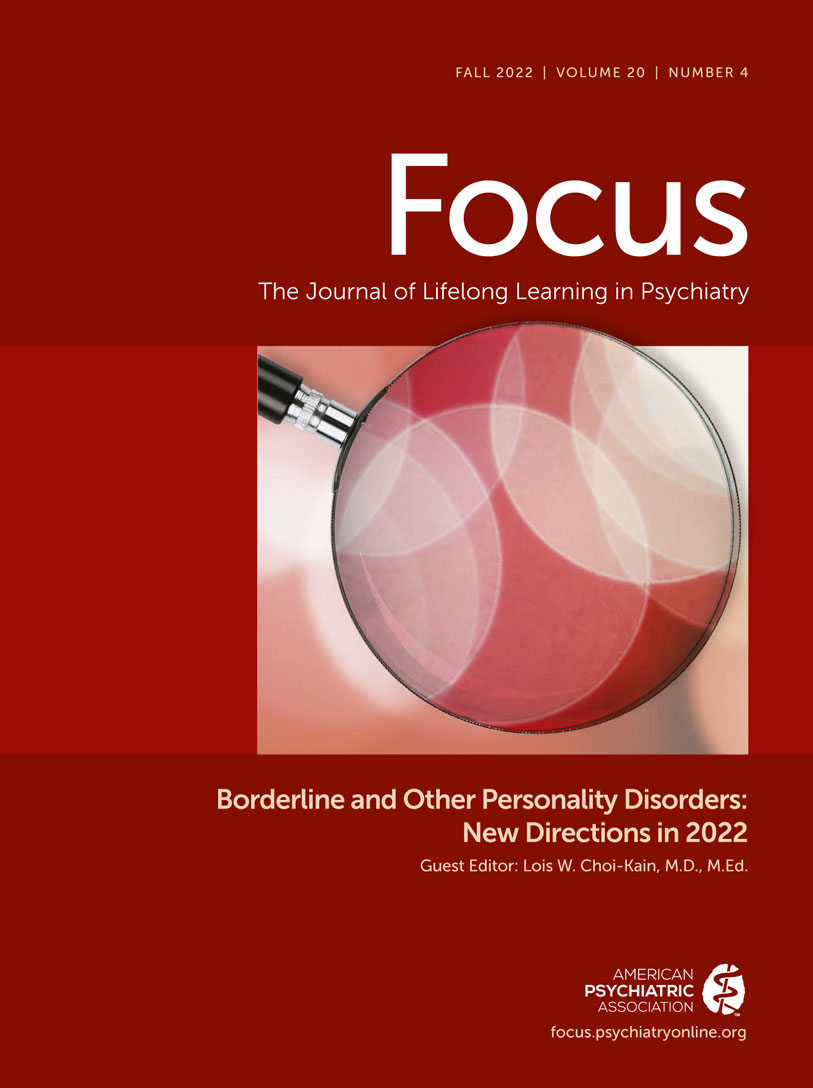Early Intervention for Personality Disorder
Abstract
Both the DSM-5 Section III Alternative Model for Personality Disorders and the ICD-11 have introduced a genuinely developmental approach to personality disorder. Among young people with personality disorder, compelling evidence demonstrates a high burden of disease, substantial morbidity, and premature mortality, as well as response to treatment. Yet, early diagnosis and treatment for the disorder have struggled to emerge from its identity as a controversial diagnosis to a mainstream focus for mental health services. Key reasons for this include stigma and discrimination, lack of knowledge about and failure to identify personality disorder among young people, along with the belief that personality disorder must always be addressed through lengthy and specialized individual psychotherapy programs. In fact, evidence suggests that early intervention for personality disorder should be a focus for all mental health clinicians who see young people and is feasible by using widely available clinical skills.



